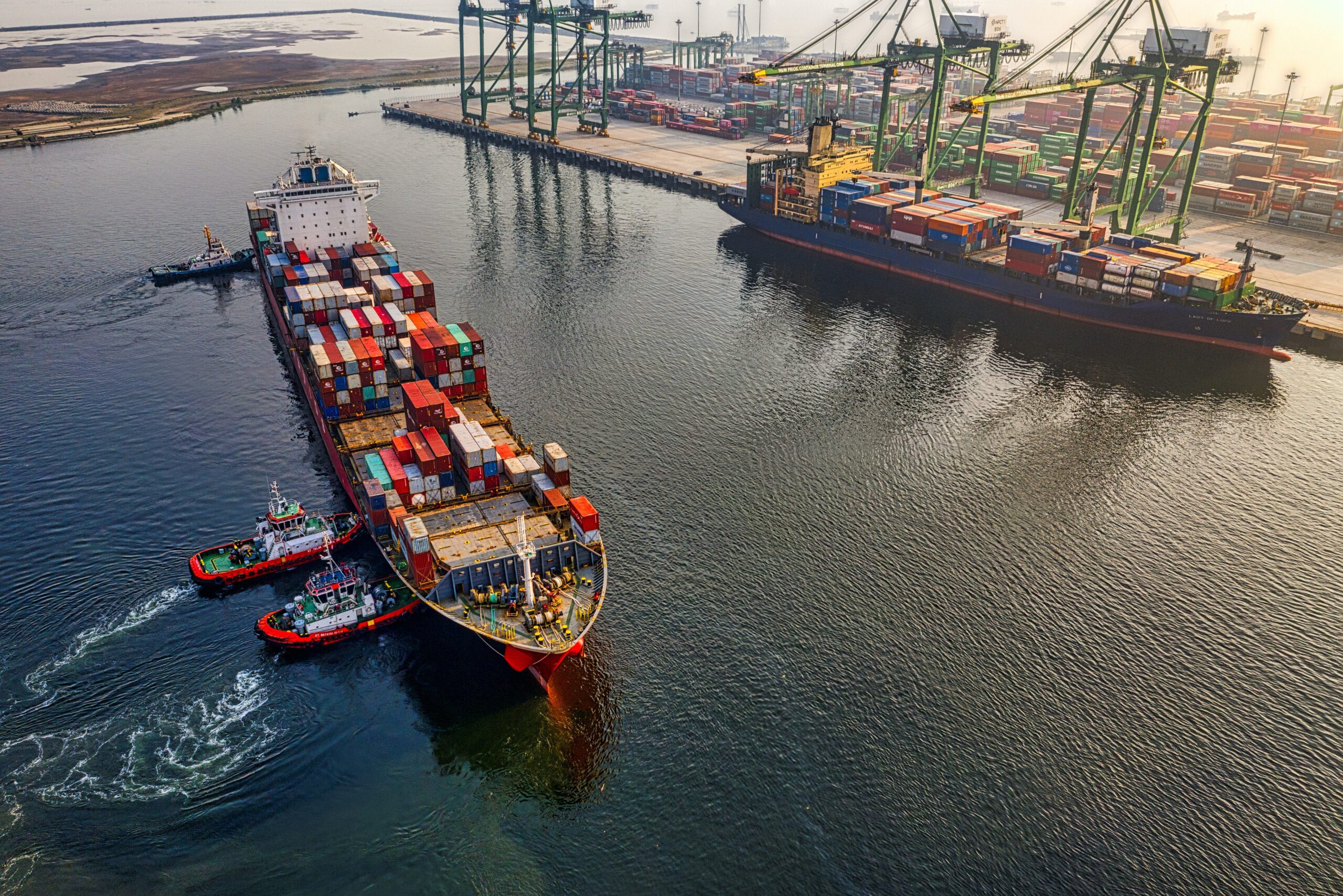24 December 2024
Bow Thrusters: How it Works

Bow thrusters, how does the technological advancement that plays an important role in the maneuvering of ships works?
Table of Contents
Concept
The sailing of a ship at sea involves currents, wind, and tide which are always a tricky affair. These three factors of nature can laterally shift the vessel from its course. Hence, the captain has to keep great caution on these effects and constantly apply remedial measures for the safe navigation of the ship.
Tugs assist a vessel when berthing under heavy wind and tide situations to counterbalance lateral drift. Note, that tugs are additional assistance to the already existing ship’s propulsion; engines, rudder, and thrusters.
Basic Principle
At any given time, the berthing speed is always minimal, usually less than 2kts under most circumstances. Bow or stern thrusters, which impact lateral or athwartship forces, are effective only when the speed is at berthing levels. They dampen the impact of the vessel when it falls on the pier or berth.
Hence, bow thrusters will ease the sway approach of the vessel to the jetty. In that way, the crew can pass the mooring lines by either heaving lines, jolly-boat, or motorboat.

Canting
On the contrary, when a ship is moving astern, typically when the vessel approaches the jetty, then stern moves either to port or to starboard. Consequently, the bow will move in the opposite direction to the stern. Namely, we refer to this effect as Canting.
For instance, the stern is canting to port while the bow to starboard, on a vessel with a right-handed propeller (RHP). RHP is the propeller that rotates clockwise when the vessel goes ahead.
At this stage, the bow thrusters come to play. The operator will give the bow to port in order to restrict the swing to starboard.
Ok Nerd! But why do the bow and the stern swing while the ship moves astern?
This is due to the transverse thrust and screw race effect induced during maneuvering. Stay connected, we will cover it in another chapter.
Thruster Power
In general, motors are driving the bow thrusters of a vessel.
Hence, the power of the bow thruster typically depends on the power of the incorporated motor. Particularly, an 800-1000hp bow thruster is sufficient to serve a vessel with the following dimensions, easily at offshore winds of 11 knots while berthing.
- LOA: 150-160 m
- Breadth: 22-25 m
- GRT: 10,000-12,000
On the contrary, a more powerful bow thruster is more suitable in areas of stronger wind speeds or for ships having larger LOA and GRT.
Operational Advancement
Bow thrusters are generally replacing the use of tugs, which the vessel hires when coming to port. Thus, it reduces the operating cost of the vessel.
Nonetheless, hiring a tug is mandatory in some ports. In that case, the bow thrusters work as additional assistance to the ship’s captain or pilot.
Furthermore, the bow thrusters also play an important role during the vessel’s anchoring, so as while maneuvering. Specifically, the bow is kept at a distance from the anchor chain using the bow thrusters when anchoring.

Meanwhile, the bow thrusters are invaluable during maneuvering operations in restricted space like in a congested dock. In that case, the vessel has to literally spin on its vertical axis. Therefore, the vessel stops, and with the help of the bow thrusters, the bow pivots to cant the stern.
Occasionally, the ship’s captain may rotate the stern with the aid of the rudder and engines. In other words, this is the vessel’s natural tendency to cant while moving astern.
In another situation, when backing down, it is advisable to hire a towing tug for the stern and use the bow-thruster when needed. Hence, the tug regulates the stern as it pulls in order to neutralize any transverse effect.
Thoughts from the Nerd
Bow thrusters are a technological advancement that plays an important role in the maneuvering of ships.
However, the plan and timing to use the thrusters depend on the experience that the operator has to acquire in the field.
Photo: Voith


